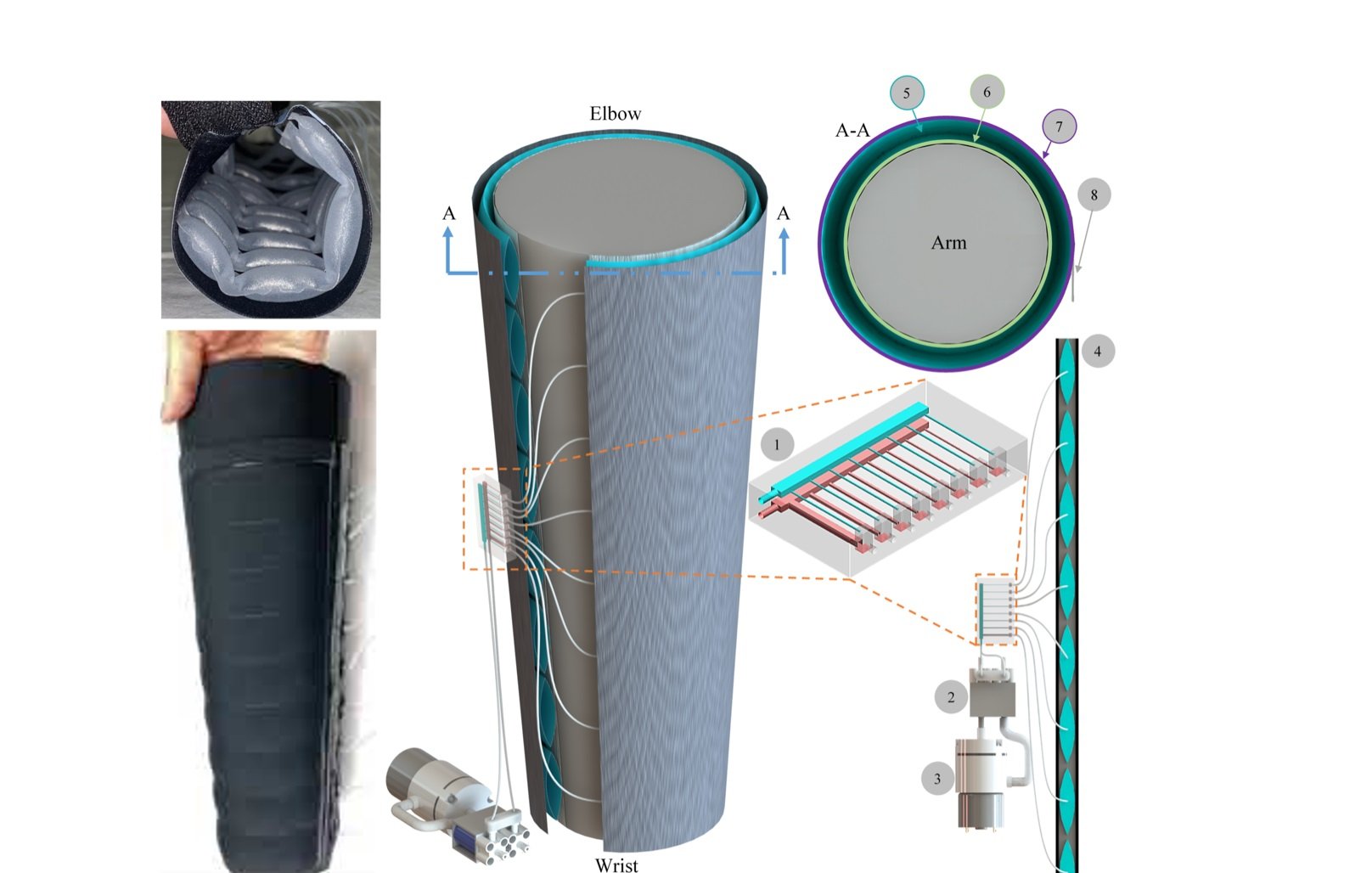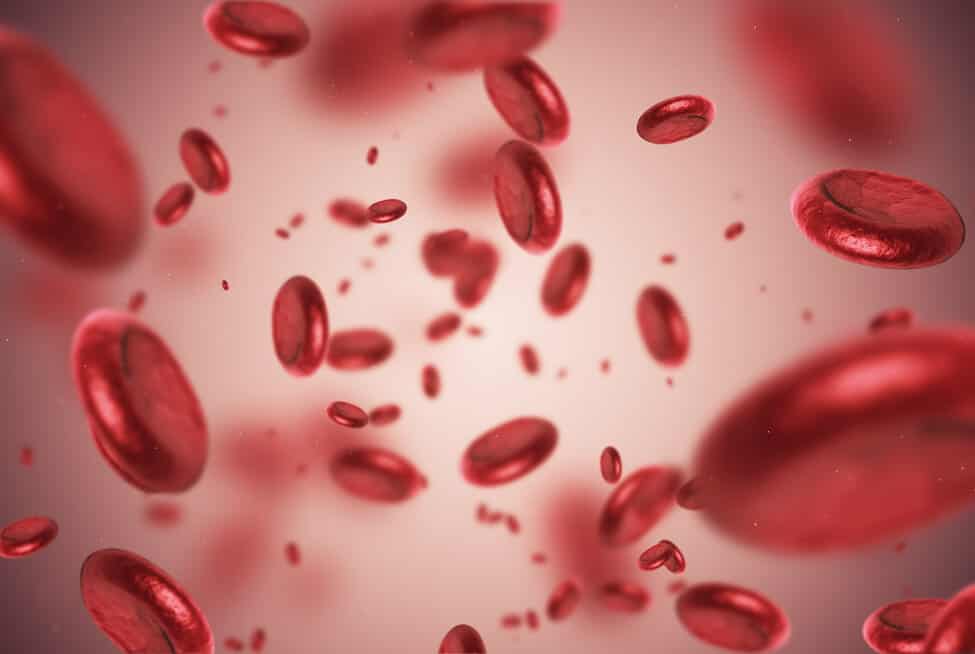
The technology behind breast cancer lymphedema treatment in clinics has not been updated for a long time. This has made people, suffering from it, experience uncomfortable situations. They have to sit for hours waiting for the current equipment to squeeze the lymph fluid out of their arms and back to where it is supposed to be. Scientists from the University of Waterloo, Canada, have been developing an air microfluidic compression sleeve to tackle this problem. Their prototype aims to be battery-powered and wearable, allowing patients to be more independent in their lives.
The air microfluidic compression sleeve is being developed by Professor Carolyn Ren at UW, who is also the co-founder of Air Microfluidic Systems. A multidisciplinary approach has brought together the team working on this device. As part of the visit to Brainport Eindhoven, Professor Ren and Jackie Kormylo explored the different ways in which the Dutch companies could help them further develop their device.

Carolyn Ren
Professor in the Department of Mechanical and
Mechatronics Engineering and director of Waterloo Microfluidics Laboratory
Professor Ren’s team focuses on microfluidic platform technologies enabling a wide range of applications.
Lymphedema is a problem that may occur after breast cancer surgery when the lymph nodes are removed. This disrupts the flow of lymph which leads to swelling. This is a chronic condition without a cure. If it is not treated, “the tissue could die and need amputation,” says Jackie Kormylo, a Biomechanics master’s student at the University of Waterloo and a clinical advisor at Air Microfluidic Systems. Her role as a clinical advisor is to translate the needs of the users and help the development of a patient-driven design.
Currently, the equipment is “noisy, hasn’t been updated since the 80s, and causes physiological problems. There are also these gaps that are not covered on the arm and that’s problematic,” explains Kormylo.
The core of the new technology is an air microfluidic chip with a series of channel networks that enables sequel gradient inflations of an array of soft air bubbles. In this way, it yields compression to the arm. The current prototype has to become a portable device without any gaps. “The quality of life goes way up and that’s game-changing,” notes Kormylo.
The air microfluidic compression sleeve is still a work in progress. When it is fully developed, it will offer gradient compression needed for treating breast cancer-related lymphedema. The team from UW brought a prototype on their visit so they can showcase what they are working on. “It’s very light. The device that controls it is only 168 grams, the weight of an iPhone 13,” says Professor Ren.


While the device sets a promising solution to the lymphedema treatment problems, there are still improvements that could be done. “The next stage is to completely cover the elbow and armpit areas,” points out Ren. In addition to this, scientists from the UW need to come up with a permanent solution for the bubbles which are currently very fragile. “If something goes wrong with them, the whole device fails. That’s why we brought them in a thick glass, for protection,” adds Ren.
One of the ideas that Kormylo and Professor Ren have about their air microfluidic compression sleeve is to 3D print the bubbles in the sleeve. They are the part of the sleeve that moves the lymph fluid. “This would be a lighter solution and it would let us put the bubbles right onto the inner fabric of the sleeve,” elaborates Kormylo.
Another way to further develop the sleeve is to collaborate with people who specialize in microfluidic and soft wearable robotics. “Scientists here are trying to mimic the same type of biological pumping that we’re doing but for the heart. We are focusing on moving air through specific systems on the arm,” explains Kormylo.
The sleeve will be facing clinical testing soon. “I got three clinics on board through my connections,” says Kormylo. The responses to the new device seem promising. Many people who have just heard about it are happy and want to help, according to Kormylo.
The visit of the UW scientists to Brainport has led to establishing new connections and partnerships. These relationships have the potential to speed up the process of developing new types of technologies. Further this year, there would be an innovation mission but this time to Waterloo, Canada in the first week of November.
Cover photo: The prototype of the air microfluidic sleeve. Source: University of Waterloo








